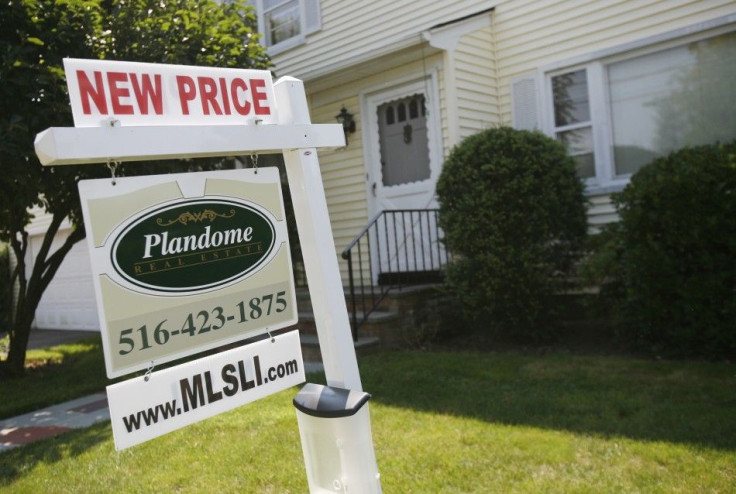U.S. Home Prices Rose in May, Aided By Seasonal Factor

With the latest U.S. housing sector data from Case-Shiller, it's a case of 'the glass being either half-full or half-empty,' as home prices in a 20 major U.S. cities rose 1.0 percent in May from April, on a non-seasonally-adjusted basis, according to the S&P/Case-Shiller U.S. National Home Price survey.
However, on a year-over-year basis, home prices in those 20 major cities fell 4.5 percent, or roughly in-line with the Bloomberg consensus estimate.
In addition, the 10-city index rose 1.1 percent in may from April, but fell 3.6 percent on a year-over-year basis.
David Blitzer, chairman of the Index Committee at S&P Indices, said the warmer months have provided a tailwind for the U.S. housing sector, which has remained sluggish in 2011 up til the spring.
"We see some seasonal improvements with May's data," says Blitzer said, in a statement. "This is a seasonal period of stronger demand for houses, so monthly price increases are to be expected and were seen in 16 of the 20 cities. The exceptions where prices fell were Detroit, Las Vegas and Tampa. However, 19 of 20 cities saw prices drop over the last 12 months. The concern is that much of the monthly gains are only seasonal."
Monthly price changes in May in major U.S. cities were as follows: New York, up 0.7%, Chicago, up 1.7%, Boston, up 2.7%, Washington, D.C., up 2.4% Atlanta, up 1.0%, Tampa, down 0.6%, Miami, up 1.2%, Dallas, up 0.9%, Denver, up 1.4%, Los Angeles, up 0.5%, San Francisco, up 2.8%, and Seattle, down 0.6%.
On a year-over-year basis, however, the sales stats are still grim in most major cities, Blitzer said.
"While the monthly data were encouraging, most MSAs and both Composites fared poorly in annual terms. Nineteen of the 20 MSAs and the two Composites posted negative annual growth rates in May 2011," Blitzer said. "The 10-City Composite was down 3.6% and the 20-City Composite was down 4.5% in May 2011 versus May 2010. Minneapolis posted a double-digit decline in annual rate of 11.7%. The only beacon of hope was Washington D.C. with a +1.3% annual growth rate and a +2.4% monthly increase."
"We have now seen two consecutive months of generally improving prices; however, we might have a long way to go before we see a real recovery. Sustained increases in home prices over several months and better annual results need to be seen before we can confirm real estate market recovery," Blitzer added.
Housing/Economic Analysis: Investors -- and potential home buyers, for that matter -- should keep May's price rise in perspective: the gains may only be seasonal and several more months of increasing sales would be need to conclude that the housing sector is in recovery. Right now, it's bouncing along the bottom.
A good short-hand for potential home buyers regarding the U.S. housing sector/ Monitor U.S. job growth. When the economy starts creating 150,000 to 200,000 new jobs per month, that generally leads to rising home sales, and, eventually, rising prices.
© Copyright IBTimes 2024. All rights reserved.











